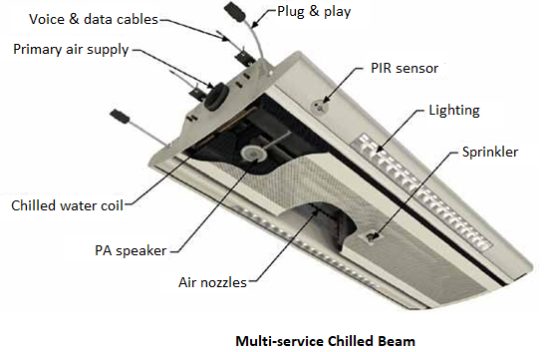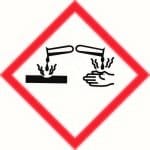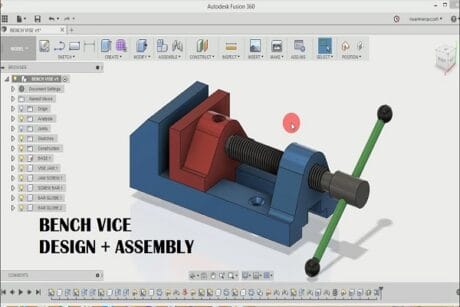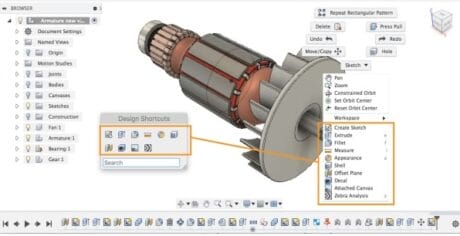No products in the cart.
- Course No E – 1873
- PDH Units: 4
Course No E - 1873
PDH Units: 4
- Course No E – 1873
- PDH Units: 4
Course No E - 1873
PDH Units: 4
Intended Audience: Mechanical and HVAC Engineers
PDH UNITS: 4
With a number of HVAC systems in the global market, water-based systems are increasingly being specified to provide energy-efficient cooling. Chilled beam systems use water as well air to transport thermal energy and can provide valuable additions to the traditional variable air volume (VAV) systems. As most North American HVAC designers have almost exclusively used VAV systems, they are often not aware of the energy benefits that can be derived by these alternate technologies, which are very commonly applied in rest of the world. Known as ‘passive’ or ‘active’, both types have coils that carry chilled water and/or hot water to condition the space naturally. In both the cases the building ventilation and latent loads are decoupled and as a result the equipment size and duct spaces are reduced considerably. The system offers great energy benefits as well. The system design however warrants that the temperature of the surfaces of the beam must not fall below the dew-point temperature of the surrounding air, otherwise condensation will occur. This 4-hr course is primarily designed for mechanical engineers and architects with at least three years of experience in the design of commercial HVAC systems. In this course, readers will review HVAC fundamentals as they relate to chilled-beam system design and understand the benefits to optimize space and energy. This course is intended to educate the attendees so that they can decide whether benefits and challenges regarding the operation and costs of chilled-beam systems are justified.
Learning Objectives:
At the successful conclusion of this course, you will learn the following knowledge and skills:- Overview of Active and Passive Chilled Beam
- Concept and principles of operation
- Air side system design
- Water side system design
- Understand the control philosophy and integration required to optimize design
- Understand strength and weakness
- Examines system costs and challenges in system design
- Be able to identify suitable applications and performance criteria
Once completed, your order and certificate of completion will be available in your profile when you’re logged in to the site.








